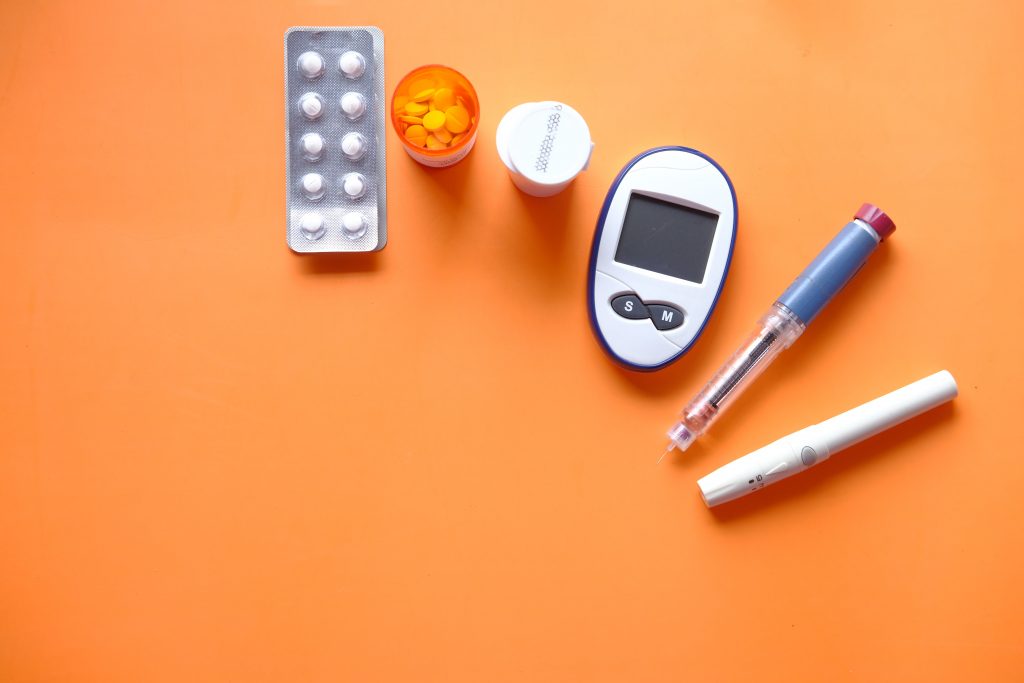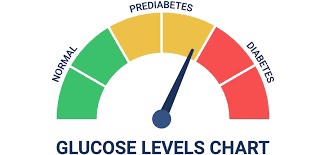
It is great that people are aware of the different facets of diabetes in Nepal. This is all thanks to social media and medical professionals being active on it. What has also helped is the wealth of information available on the internet. While diabetes is talked about a lot in the country, its younger sibling prediabetes seems to be neglected by both doctors and the general population.
According to the International Diabetes Federation, there are 1.1 million diabetics in Nepal while it is presumed there are 3.3 million people with prediabeties. However, most experts state that this is only the tip of the iceberg as we are still far behind when it comes to screening for diabetes in the country.
What is prediabetes?

What is prediabetes? Well, the prefix ‘Pre’ in prediabetes signifies both the stage before developing diabetes and the potential for prevention.
With the ongoing urbanisation in Nepal and the consequent shifts in lifestyle, there has been a notable rise in the overweight population, including a surge in obese children. Consequently, there has been a significant increase in both diabetic and prediabetic individuals within our community. Failing to address this matter promptly could potentially lead to substantial issues in the forthcoming decades. As with any challenge, the primary approach to tackling this concern must commence with spreading awareness about the issue.
Prediabetes indicates the compromised response of pancreatic islet beta-cells to counteract an underlying condition of insulin resistance, frequently stemming from excessive body weight or obesity. Presently, the diagnostic criteria for prediabetes encompass impaired glucose tolerance and/or impaired fasting glucose.
These factors contribute to a fivefold elevation in the risk of future diabetes. Furthermore, they are instrumental in giving rise to the comprehensive spectrum of metabolic syndrome, encompassing hypertension, elevated cholesterol levels, and subsequent occurrences of heart attacks or strokes.
After establishing the background on prediabetes, let’s look at the target population, or who to test for Diabetes. Any adult who is physically inactive or has a BMI of more than 23 and has high blood pressure or PCOD should be tested regardless of his/her age.
For all other people, testing should begin at the age of 35 years. If results are normal then testing should be repeated at 3-year intervals. People with prediabetes however should be tested yearly. Any female who had diabetes during pregnancy should be tested 6 weeks after delivery and at least every 3 years after that.
How to test?

Prediabetes tests are similar to diabetes tests. We advise patients to come without eating anything for at least 8 hours and they give their blood samples. Afterwards, they consume 82.5 grams of glucose in water, followed by another blood sample two hours later.
Prediabetes is identified if fasting blood glucose falls between 100 and 125 mg/dL, or if the two-hour post-glucose ranges from 140 to 199 mg/dL. An A1C level of 5.7 per cent to 6.4 per cent also indicates prediabetes.
The cornerstone of prediabetes management is weight loss; whether accomplished via a change in lifestyle or with the help of medications and/or surgery, shedding weight diminishes insulin resistance and that is key to curbing prediabetes. This not only hinders the advancement of diabetes but also improves lipid profile and blood pressure levels.
What do the doctors say?

Presently, the doctors recommend adopting a low-carb, high-protein diet, which when coupled with intermittent fasting, has demonstrated significant improvements within 6-10 weeks. It is advised to steer clear of nicotine and alcohol, aligning with the World Health Organization’s stance that any alcohol consumption is detrimental to health. Engaging in various forms of physical activity is encouraged, particularly moderate aerobic exercises lasting a minimum of 30 minutes, at least five days a week.
If people with glucose intolerance still face challenges even after making lifestyle changes and losing weight, they might need anti-hyperglycemic drugs like metformin and acarbose. These medications can decrease the risk of developing diabetes by about 25 to 30 per cent in those with prediabetes. Both drugs are generally safe and well-tolerated, and they could also have benefits for heart health.
In conclusion, prediabetes is more common than perceived, yet it is highly preventable and manageable through lifestyle adjustments and balanced diets. To ensure you’re not at risk, consider getting screened and consult a nearby endocrinologist for guidance.

















